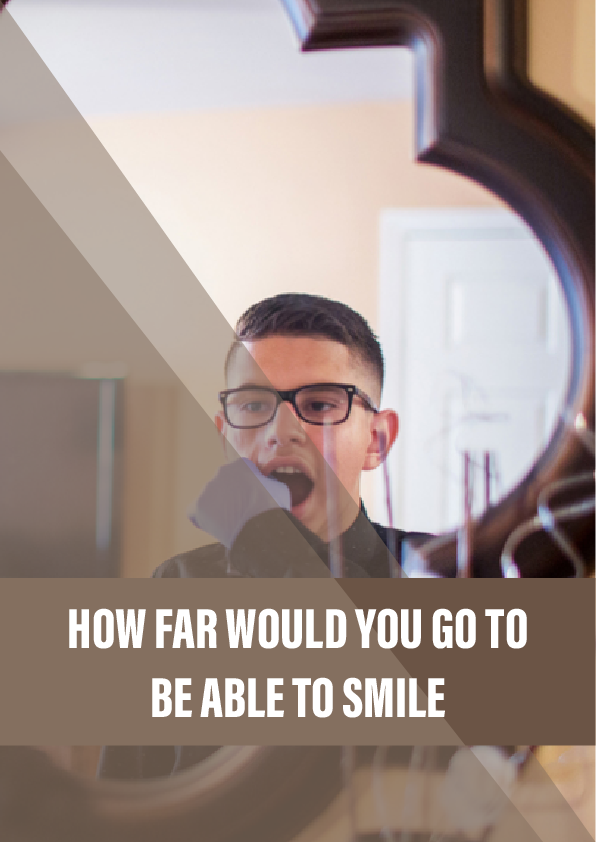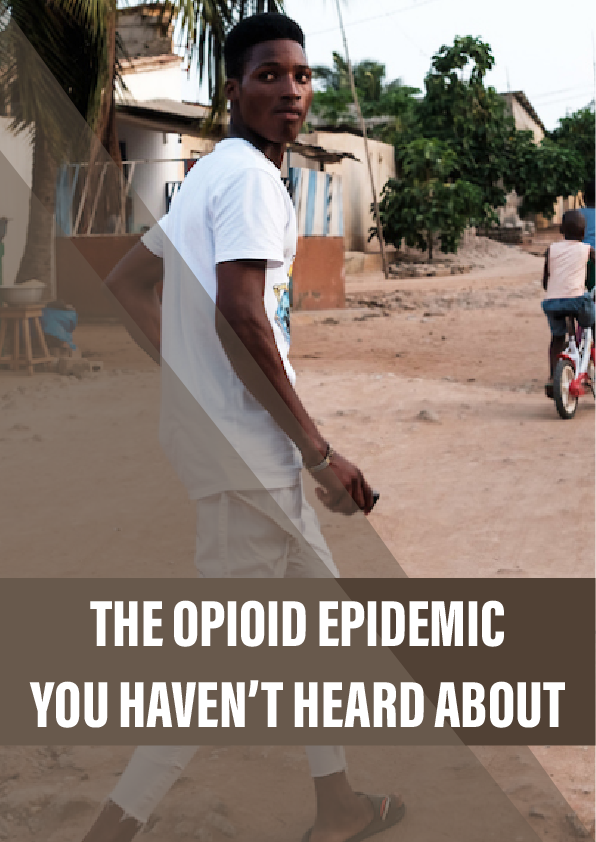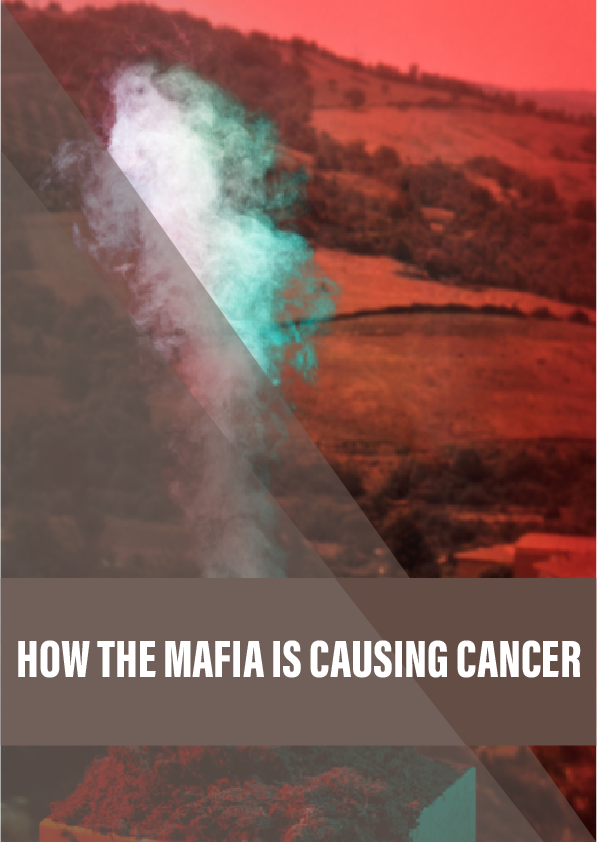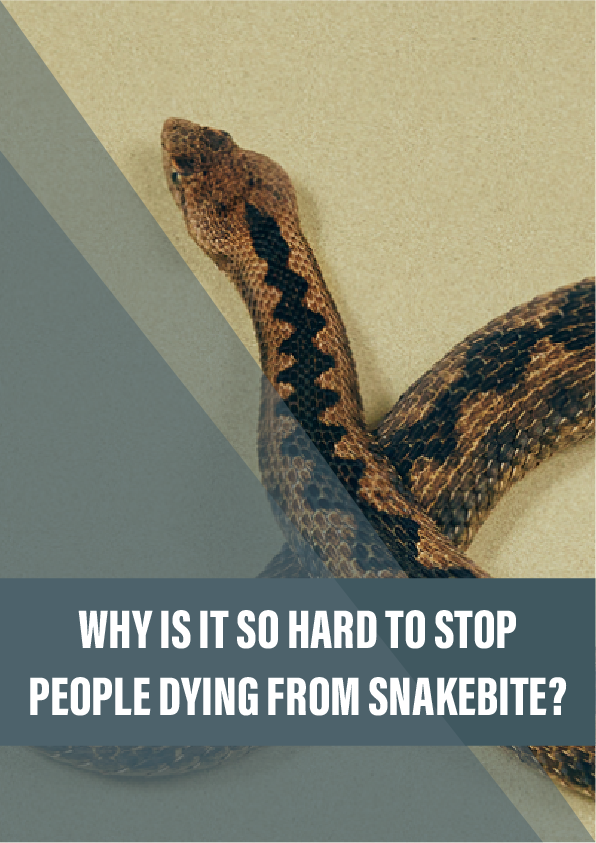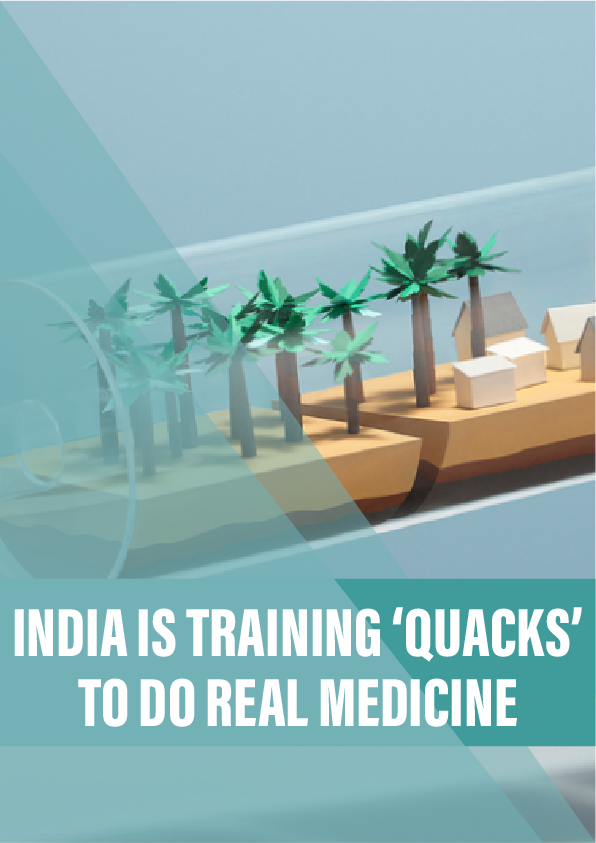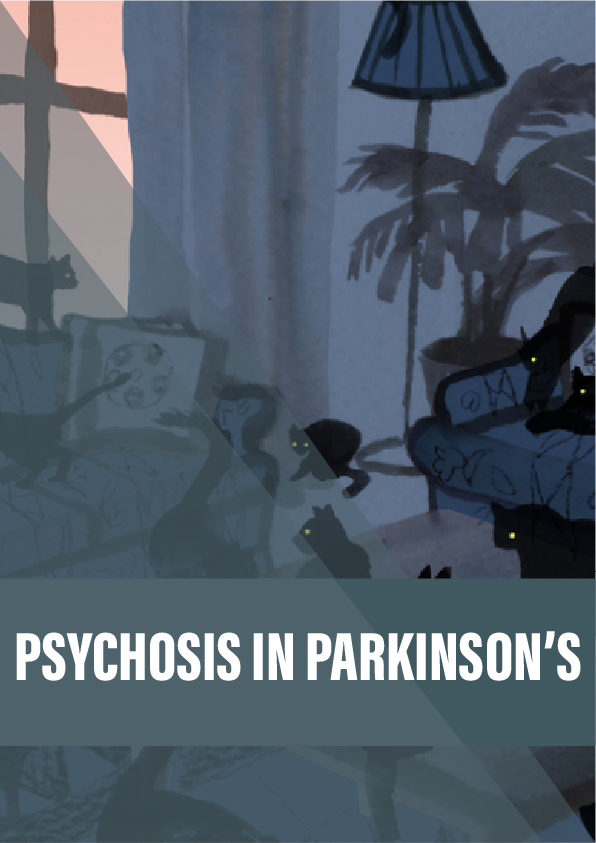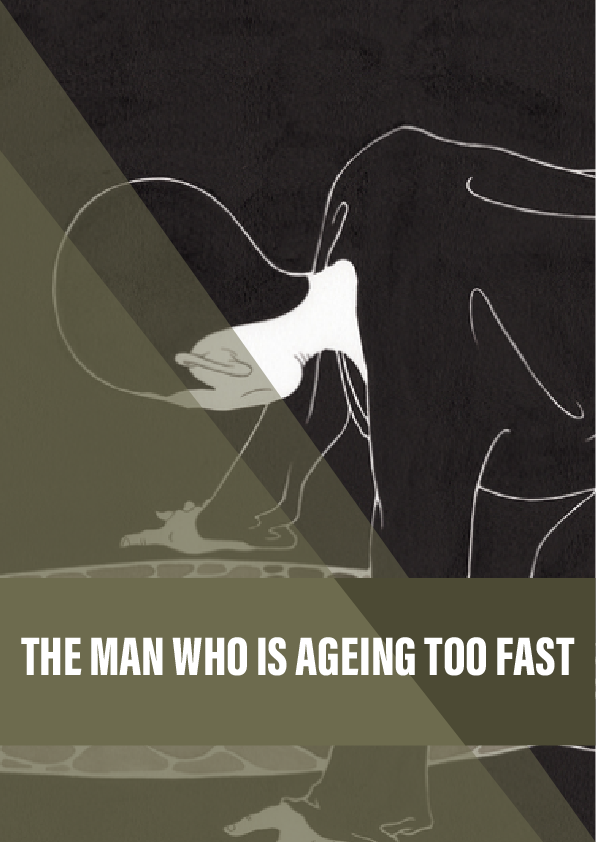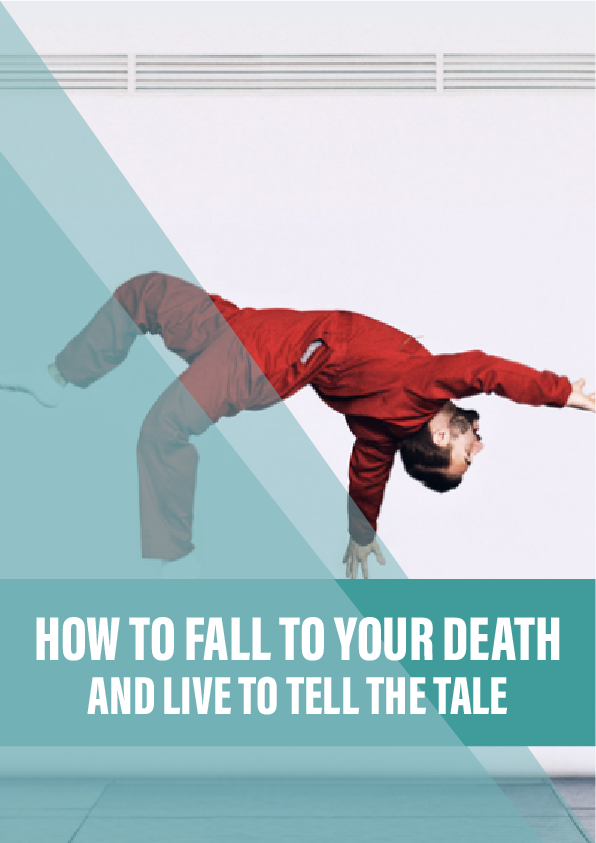Smiling is one of the fundamental ways people communicate, so what happens if your face can’t do it?
Kevin Portillo practises smiling every day at home. Usually after brushing his teeth. Or when stopping by the bathroom, or anywhere with a mirror.
He hooks an index finger into each side of his mouth and pulls gently upward. He puckers his face into a kiss, then opens wide into an O, trying to limber up his facial muscles. He practises both the Mona Lisa – slight, closed-lip – and a wide, toothy smile.
At least, he’s supposed to do his exercises every day. Being 13, he sometimes forgets, though he understands their importance.
“I need to stretch my cheeks,” he says. “I do it for a couple minutes. I have to do it every single day.” He exercises so much that his jaw sometimes hurts.
Kevin was born in New Jersey with a rare malignant vascular tumour, a kaposiform haemangioendothelioma, covering the left side of his face, squeezing shut his left eye and pushing his nose to the right. Immediately after his birth, doctors whisked him away to another hospital in another state – the Children’s Hospital of Philadelphia. His mother didn’t see him again until he was eight days old.
The doctor told Kevin’s parents that the chance of him surviving was slim.
But survive he did. However, the large tumour and the damage from its treatment prevented him from being able to do one of the most fundamental things humans do.
Smile.
Reference:
- The Children’s Hospital of Philadelphia (CHoP).
- Facial Palsy UK’s information on lengthening temporalis myoplasty.
- Changing Faces is a British organisation that supports and advocates for people with conditions or injuries that have affected their appearance.
- FACES – The National Craniofacial Association has, for nearly half a century, been a source of information and assistance for people with craniofacial disorders in the United States.
- The University of Illinois Craniofacial Center provides a range of services to people with facial disfigurement, from surgery to prosthetics to counselling. Through its Face the Future Foundation it also raises money to support people in need of assistance.
- AmeriFace connects those confronting the challenges of facial disfigurement with families who have experience of situations they are encountering, and holds conferences, offers information and provides a range of help.
- Project CARE, based at the Naval Medical Center in San Diego, California, reaches out to US service personnel and veterans from all military branches and offers a team approach to treating their severe facial injuries.
